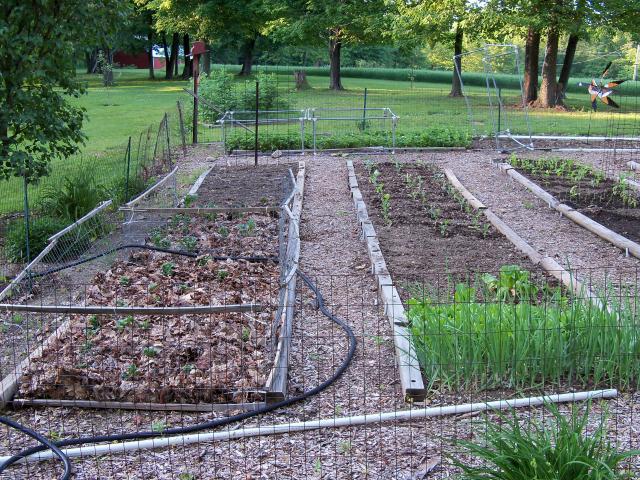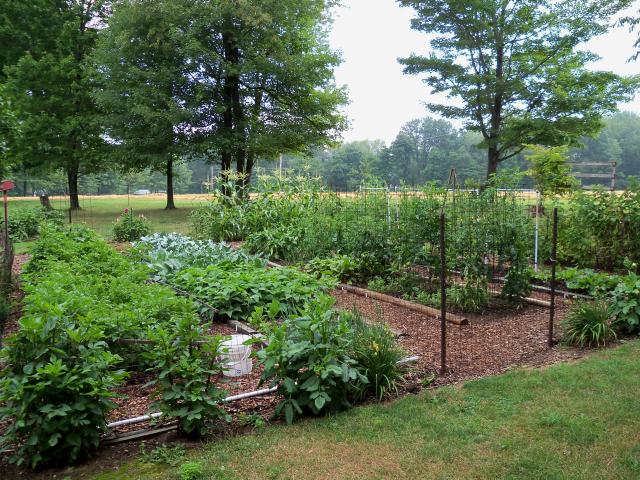sonjab314
Chillin' In The Garden
I am seriously considering planting potatoes this year. I have never done it and I could use any advice that I get. I need help in choosing what kind. We use a lot of russett but red skins are good for roasting. I live in zone 5. I'd like to plant enough for my family of 5 (three kids 6 and 9 and two adults) and be able to store them. I also need info on how to properly store them. Any information will be greatly appreciated.







